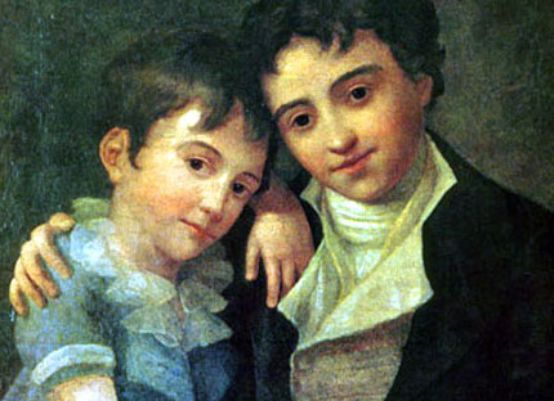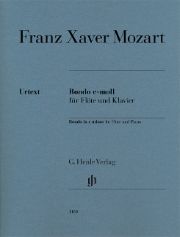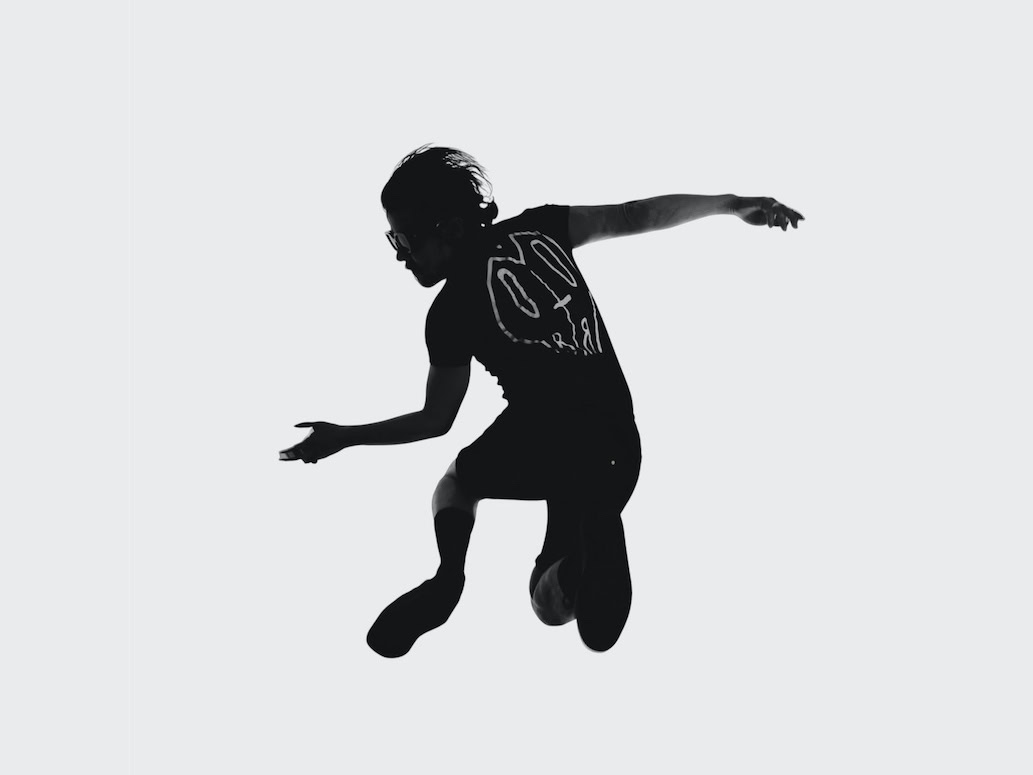Lyrical rondo
The form and character of this piece by Franz Xaver Mozart identify it as the first movement of an unfinished sonata.

As the youngest child of his famous father Wolfgang Amadeus, Franz Xaver Wolfgang Mozart stood in his father's shadow throughout his life. As his mother had already destined him to become a professional musician as a small child, he received composition and instrumental lessons from Johann Nepomuk Hummel, Antonio Salieri, Johann Georg Albrechtsberger and others in his hometown of Vienna. From 1813, he worked as a respected pianist and teacher in Lviv, from where he undertook an extensive European tour and organized numerous concerts there. He returned to Vienna in 1838.
His oeuvre, which mainly includes piano concertos, little chamber music and vocal works, has almost been forgotten today and is rarely heard in concert halls. One of his few chamber music compositions is the sonata movement for flute and piano, published at the beginning of 1810, in which, interestingly, the title Rondo fits neither the form nor the character of the composition. The work, which has only survived in manuscript form, was called a "sonata" by the composer. It is the first movement of an unfinished flute sonata that Mozart had promised to the Leipzig publisher Johann Gottfried Härtel.
The movement begins with a short, four-bar introduction that leads into the lyrical main theme, which is largely shaped by a calm, legato minor triad and is also followed by the vocal, lyrical secondary theme. The composer mostly fills in the transitions with garland-like, virtuoso runs. The rather compact form and lyrical character of the piece prompted contemporary critics to describe Mozart not as a master of form, but "his talent will probably allow him to find more success in genres where graceful, flattering melodies are the first priority". In a letter, Mozart himself describes the flute as an instrument "which suits my enthusiastic temperament quite well" and describes the sonata movement as "gentle and singing". The melodic design is audibly close to Franz Schubert, which could have something to do with the fact that both composers had Antonio Salieri as a teacher, who was one of the pioneers of Viennese Romanticism. In any case, as the editor Karsten Nottelmann notes at the end of the preface, Mozart's sonata movement "enriches" the small repertoire of original compositions for flute and piano from the 19th century with a truly "singing work".
Franz Xaver Mozart, Rondo in E minor for flute and piano, edited by Karsten Nottelmann, HN 1180, € 11.00, G. Henle, Munich 2013









